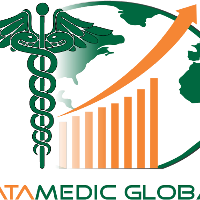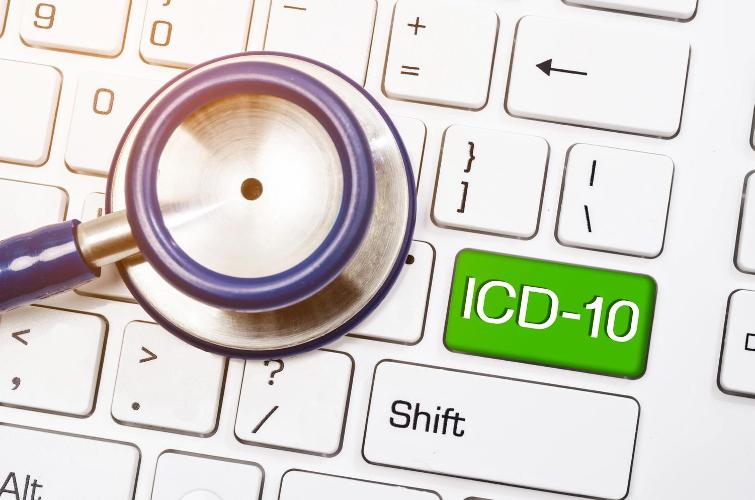The U.S. healthcare industry is huge and constantly evolving. Over the past two years, the COVID-19 pandemic has impacted all aspects of the healthcare revenue cycle. According to the Centers for Medicare and Medicaid Services (CMS) federal government spending for health care grew 36.0% in 2020, significantly faster than the 5.9% growth in 2019. As a company providing multi-specialty medical billing and coding services, we stay updated with new trends to help physicians successfully navigate the challenges in the evolving healthcare landscape.
Let’s take a look at the trends that are expected to impact medical billing and coding in 2022.
FY 2022 Inpatient Prospective Payment System (IPPS): The Medicare hospital IPPS final rule for fiscal year (FY) 2022 released in August 2021 increase reimbursement for hospitals by 2.5% and also enhance rates for COVID-19 diagnostics and therapies. These changes became effect October 1, 2021. The 2022 final rule includes new diagnostic and procedural codes and Medicare severity diagnosis-related group (MS-DRG) adjustments. The FY 2021 IPPS final rule aims to improve quality measurement and data evaluations.
Medicare Physician Fee Schedule 2021: The 2021 Medicare Physician Fee Schedule included substantial changes are the first implemented in over 10 years. These included changes for reporting E/M services, increased payments for some specialties, reduced payments for others, and expanded the list of telehealth services covered by Medicare. All of this have significant implications for medical billing and coding.
New medical codes: From 2020 onwards, healthcare providers and medical coding companies had to deal with the challenges of ensuring accurate clinical documentation and coding for a novel virus never documented before by providers. There were major changes to medical coding sets to account for the novel coronavirus and related conditions as well as new CPT and HCPCS code sets to account for COVID-19 and to track the many emerging procedures and services for COVID detection, treatment and immunization. Similar changes are expected to continue in 2022. Coders also had to deal with thousands of ICD-10 codes to report various conditions, as well as annual changes to the codes and guidelines. In addition to substantial changes to the Medicare Physicians Fee Schedule, the ICD-10 codes for the fiscal year 2022 include 159 new codes, 22 revised codes and 30 invalidated codes. There are also changes to the Official Guidelines for coding and reporting ICD-10 codes. ICD-11 goes into effect on January 1, 2022 and will provide access to 17 000 diagnostic categories. Coding teams getting ready to help providers use this new diagnostic coding system.
Documenting and billing virtual visits: With the COVID-19, there was a dramatic shift from outpatient visits to virtual care appointments. According to a study by Mckinsey, telehealth use in 2021 increased 38 times from the pre-COVID-19 baseline. Rules for telemedicine are being constantly changed due to COVID-19 and Medicare and commercial payers have specific payment requirements for virtual visits. Medical coders and billing staff had to learn how to document and bill for the new services while dealing with frequent policy and regulation changes. In addition to the pandemic driven factors, other things that will drive telemedicine adoption in 2022 include rising incidence of chronic diseases, growing geriatric population, and shortage of physicians. There are specific telehealth codes for the E&M visits, new guidelines for billing them including modifier use. Effective Jan 1, 2022, modifier 93 allows reporting of medical services provided via real-time interaction between the physician or other qualified health care professional and a patient through audio-only technology.
Claim denials: Billing for services related to COVID-19 has been a major challenge. Up to 40% of charges for coronavirus-related care initially resulted in claim denials in the first 10 months of 2021, according to a Hayes’ Healthcare Audit and Revenue Integrity Analysis. Key reasons that audits listed for failure included “secondary diagnosis/documented but not billed”, “no documentation,” “ICD procedure documented but not billed,” “additional information needed,” and “condition code documented but not billed for hospital audits.” For professional medical billing, the top reasons for claim denials were “claim submission/billing errors,” “lack of documentation,” “duplicate claims,” “bundling,” “non-covered services,” and “precertification/authorization.” In 2022, providers and medical coder service providers will need to work on improving documentation to mitigate these challenges which are a huge revenue and compliance risk for healthcare organizations.
Medical billing and coding trends are constantly evolving. At DataMedic Global, we understand the importance of ongoing education to keep up with these changes and industry trends. We also adhere to best practices to ensure timely and accurate claims submission to meet payer guidelines, and hospitals and physician offices maximize reimbursement and improve the patient experience.

